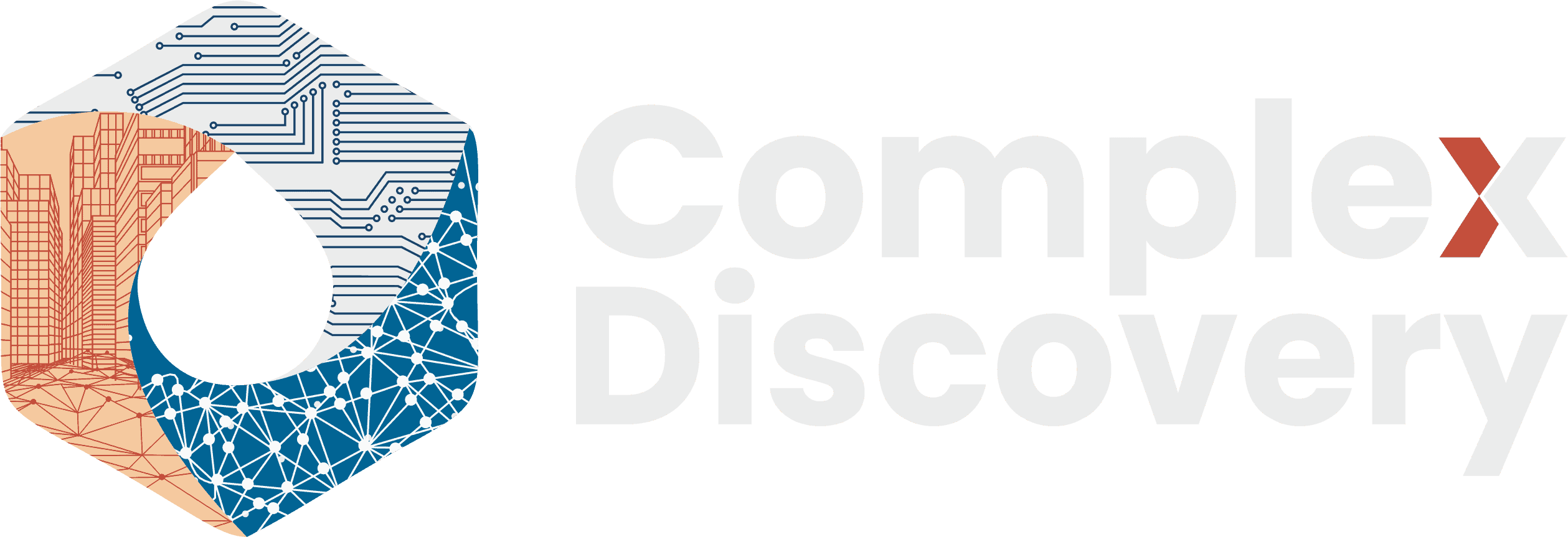Editor’s Note: The increasing complexity and frequency of cyber threats make cyber insurance an indispensable tool for businesses of all sizes. With the average cost of a U.S. data breach standing at approximately $9.48 million, cyber insurance offers vital financial protection. For professionals in cybersecurity, information governance, and eDiscovery, understanding and leveraging cyber insurance is critical. This coverage not only mitigates the substantial liabilities and losses from data breaches but also ensures compliance with regulatory requirements, such as the SEC’s new disclosure rules. Additionally, it supports the implementation of robust security measures, safeguarding sensitive data and maintaining business continuity. As the digital landscape continues to evolve, staying informed about the nuances of cyber insurance is essential for mitigating risks and protecting organizational integrity.
Content Assessment: The Complex World of Cyber Insurance
Information - 93%
Insight - 92%
Relevance - 92%
Objectivity - 93%
Authority - 94%
93%
Excellent
A short percentage-based assessment of the qualitative benefit expressed as a percentage of positive reception of the recent article from ComplexDiscovery OÜ titled, "The Complex World of Cyber Insurance."
Industry News – Cybersecurity Beat
The Complex World of Cyber Insurance
ComplexDiscovery Staff
In today’s rapidly evolving digital landscape, cyber insurance has emerged as a crucial investment for enterprises of all sizes. The necessity of this insurance, coupled with the challenges of implementation, has been extensively discussed by industry leaders. For professionals in cybersecurity, information governance, and eDiscovery, navigating the complexities of cyber insurance is essential for protecting sensitive data and ensuring compliance with regulatory requirements.
Cyber insurance serves as a financial safety net, mitigating the liabilities and losses resulting from data breaches. Policies typically cover costs such as ransom payments, system replacements, civil suits, and regulatory penalties. With the average cost of a U.S. data breach standing at approximately $9.48 million, cyber insurance is a vital consideration for enterprises. Bradley Schaufenbuel, CEO of Simeio, emphasizes the rigorous underwriting processes required for cyber insurance. Companies must demonstrate robust security controls and audit results to qualify for coverage. Schaufenbuel notes that insurance experts thoroughly evaluate a company’s cyber risk profile, setting appropriate pricing and policy limits that align with the assessed risk level. This scrutiny underscores the need for businesses to maintain strong cybersecurity systems.
Insurance providers offer various benefits and services tailored to specific needs. Nationwide is noted for its comprehensive coverage, including breach remediation, system interruption loss, cyber extortion, and first-party asset restoration costs. Travelers stands out for its access to cybersecurity coaching services that help prevent breaches and mitigate their impact. The Travelers’ eRiskHub, for instance, provides valuable resources to support incident response strategies. According to AdvisorSmith, the average cost of cyber insurance in the U.S. is $1,589 per year for a $1 million liability limit. For mid-market companies, this investment can be crucial in mitigating significant breaches. Larger companies, while more resilient, still benefit from the protection and compliance advantages offered by cyber insurance.
Regulatory frameworks further bolster cybersecurity and risk management. The SEC’s new disclosure rules require publicly traded companies to report material cybersecurity incidents within four days and to detail their risk management strategies in annual 10-K filings. These regulations ensure transparency and accountability. Marc Mulia, Chief Executive of the Information Security Forum, states that these rules mandate businesses to invest in strong security controls, training, policies, and processes to reassure the SEC, investors, and stakeholders.
Marketing departments, heavily integrated with external tools and sensitive customer data, face unique cybersecurity challenges. Jennifer Dulski, CMO of Dashlane, recommends that CMOs adopt cybersecurity measures akin to their ROI and operational efficiency metrics. By focusing on cybersecurity strength as a core KPI, marketers can safeguard their data and maintain trust with their customers. This approach highlights the importance of robust data protection in customer-facing operations.
The growing digital asset ecosystem and decentralized finance (DeFi) platforms present new risks. Insurers like Schwarzschild are integrating comprehensive DeFi insurance to address these risks, mirroring traditional deposit insurance protocols. This integration is vital in fostering user trust and ensuring that digital assets are safeguarded against vulnerabilities.
Cyber insurance premiums vary widely, with small businesses typically paying between $1,000 to $7,500 annually and larger businesses facing higher premiums due to their extensive digital footprint and higher risk profile. Insureon reports that small businesses pay an average premium of $145 per month, or about $1,740 annually. Factors influencing these costs include business size, industry type, coverage amount, and existing security measures. Several key factors affect the cost of cyber insurance, such as business size and industry, coverage limits, security measures, claims history, geographic location, and regulatory environment. Larger businesses and high-risk industries like healthcare, finance, and e-commerce face higher premiums. Higher policy limits result in higher premiums but provide more comprehensive protection. Businesses with strong cybersecurity practices may qualify for lower premiums, while a history of cyber incidents can lead to higher insurance costs. Additionally, companies in heavily regulated industries may incur additional costs due to compliance requirements.
When evaluating the impact on overall business costs, it’s essential to compare insurance premiums to potential losses from cyber incidents. The average cost of a U.S. data breach is approximately $9.48 million. For small businesses, the median cost of a cybersecurity incident ranges from $8,000 to $12,000, potentially reaching up to $300,000. Cyber insurance can provide significant financial protection, offsetting its cost in the event of an incident.
Cyber insurance also impacts business costs indirectly. Insurance providers often require businesses to implement specific security controls to qualify for coverage, increasing IT costs but reducing the risk of incidents. Financial support in the event of a cyber incident helps businesses recover more quickly, reducing the long-term impact on revenue and operations. Cyber insurance can cover the costs of regulatory fines and penalties, which can be substantial.
The cyber insurance market is dynamic, impacting coverage costs. The market saw price reductions in 2023/24 due to businesses improving their security measures. However, 64% of industry experts expect the market to harden in 2024, potentially leading to higher premiums. The increasing frequency of ransomware attacks and other cyber threats may drive up costs. Cyber insurance also affects strategic decision-making, impacting overall business costs. Companies may need to allocate more resources to IT security to qualify for better insurance rates or meet policy requirements. The cost of cyber insurance may influence decisions about digital transformation initiatives or adopting new technologies.
Cyber insurance is an essential component of a comprehensive risk management strategy, providing financial protection and ensuring businesses can recover from cyber incidents without devastating financial losses. Understanding the factors influencing insurance costs and implementing strong cybersecurity practices enables companies to optimize their protection while managing the overall impact on business costs. As cyber threats continue to evolve, businesses must carefully weigh the costs of insurance against the potential financial devastation of uninsured cyber incidents.
News Sources
- Navigating The World Of Cyber Insurance: Is It Worth It?
- Best Cyber Insurance Companies for Small Businesses of 2024
- How Insurance Can Revolutionize DeFi: A Key to Unlocking Growth and Security
- Readying Your Company For The New SEC Cyber Incident Disclosure
- Cyber Insurance Cost: 2024 Customer Prices | Insureon
Assisted by GAI and LLM Technologies
Additional Reading
- Prudential Financial’s Data Breach Impact Soars to Over 2.5 Million Customers
- Evolve Bank Cyberattack Exposes Sensitive Data, Impacts Fintech Partners Wise and Affirm
Source: ComplexDiscovery OÜ


























